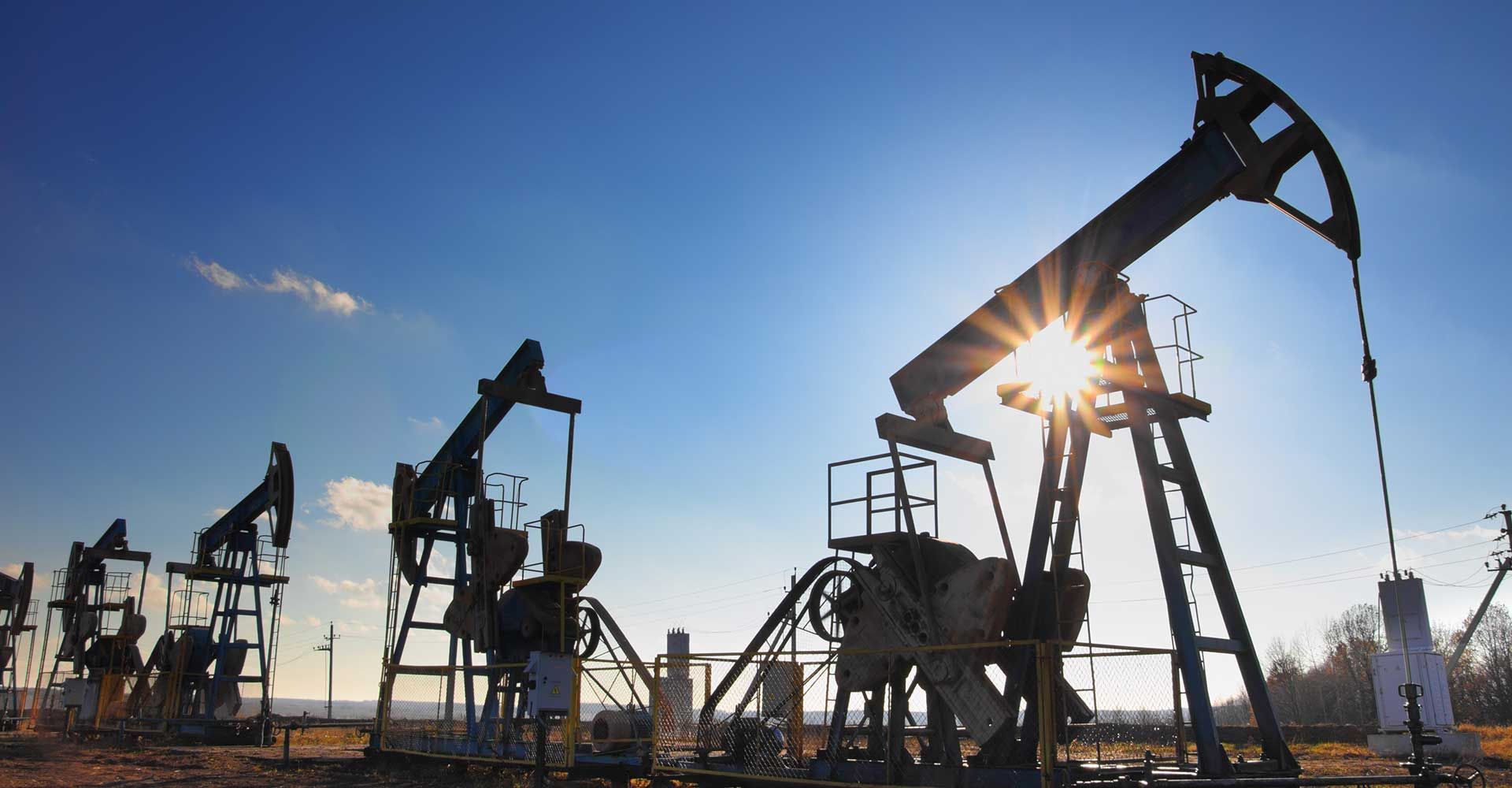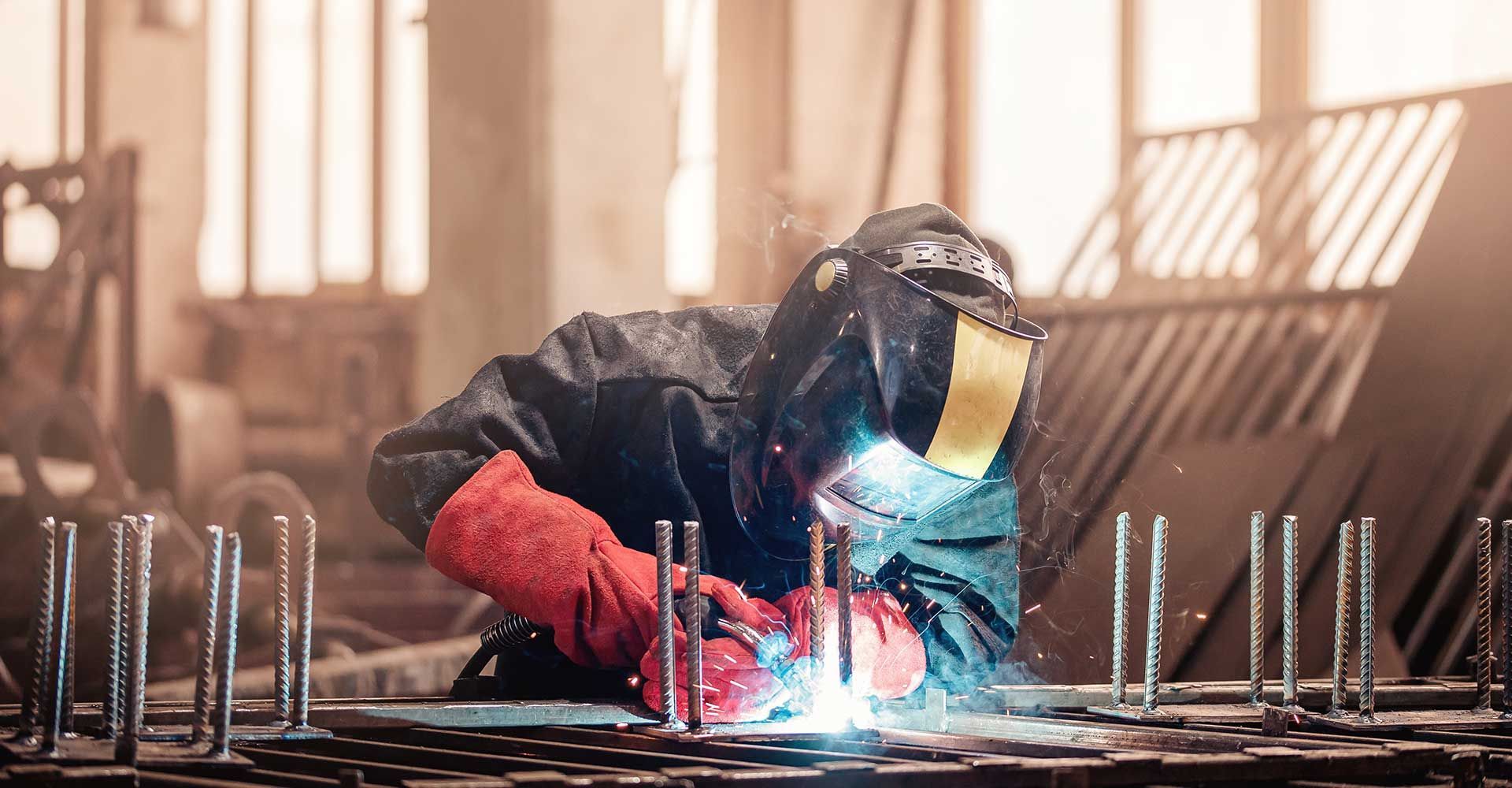How API Certified Inspections Help Keep People Safe
The United States is currently the largest producer of oil and natural gas in the world. As these industries grow, the role of the American Petroleum Institute (API) becomes more important than ever. The API is a trade association composed of more than 650 corporations that represents all areas of the production, refinement, and distribution of oil and gas in the nation. It also offers official certification programs for individuals who seek to become professional inspectors
What Does an Oil & Gas Inspector Do?
Oil and natural gas inspectors help maintain quality standards by ensuring that equipment and everything having to do with it is working as it should. Their job is vitally important and helps to prevent potential hazards. The API offers various options for certification. Through unique and specialized requirements and responsibilities, they are able to cover each and every aspect of the industry. For example, some focus on inspecting and repairing pressure valves and piping systems, which demands not only an in-depth knowledge of safety procedures, but compliance with environmental regulations as well. A good inspector should have a deep well of practical experience, perspective gained from a knowledge of an array of technical areas, and other supplemental certifications.
The Benefits of an API Certified Inspection
API Certified Inspections can increase the length of time equipment holds up, circumvent system failures, help avoid oil spills, and much more. This not only protects workers and the environment, but also helps keep money from being wasted. The API's certification program benefits the industry in a number of ways, perhaps most notably by establishing a minimum standard for the skill level of inspectors. It also reduces the potential for downtime caused by equipment failure, ensuring consistent performance and securing employers' peace of mind. Additionally, there is value in having inspection practices managed from a high, across-the-board level.
Your Local Source for API Certified Inspections
If you operate an oil field anywhere throughout Midland, Odessa, Delaware Basin, Eagle Ford Shale, and Houston, TX; Shreveport, LA; Oklahoma City, OK; or the surrounding areas, you can turn to Ideal Derrick & Structures, LLC for reliable API Certified Inspections. We'll make sure your operations continue as planned and your workers remain in top condition. Contact us today to schedule an inspection!




